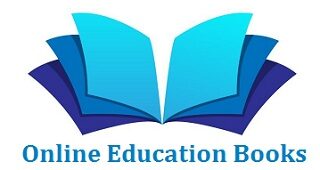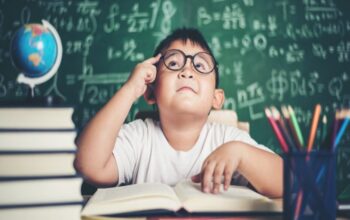You are a student and you want to become the best in your class? A revision method to boost your memorization potential combining the pleasure of learning, ease and efficiency. Discover the Martinez Method !
Different revision techniques exist. From repetitive “by heart” to association by visualization, mental image or invented story, the creation of mnemonic cards or the use of Mind-Map ; all these methods make it possible to memorize information in a durable way. To retain information, the student must first have the intention, the motivation and the pleasure of learning.
And you, do you have the right revision method?
The learning of knowledge by repetition and by rote has been inculcated from childhood by the school system. However, if this revision method had been infallible all children would be geniuses, right? This boring learning method where the student relentlessly gets information into his brain by repeating and repeating the same sentences without really understanding the meaning is a real waste of time. Concentrating on hours to retain the information written on the textbooks, the student, at some point “blocks” and cannot memorize. He becomes discouraged because of the time spent without results. The student will have to reread, relearn and repeat this information again, hoping to retain it without any real guarantee of succeeding. To the fatigue will be added the stress, and the loss of self-confidence.
Other revision methods highlight a playful way of learning using techniques of memorization by visualization, associations of images or mental films, assimilating unknown information using known and easy to remember information. .
Revision methods
The principle is to speak aloud the information learned. The student could visualize an imaginary friend to whom he would ask questions on the subject and answer them for him. He could then at mealtime with his parents discuss what he has just learned. Then the next day with friends explain again what he discovered.
This exercise allows you to visualize learning by drawing on a map. This is a fun way to retain information. On the front of the card the information to learn, and on the back the answer in the form of a drawing. It is the principle of having created it oneself which accentuates the understanding of the subject. Each card being personal, because thought and drawn by the student himself.
Invent me a story, draw me a lesson
This learning technique makes it possible to associate information by linking it to a mental image. By inventing a story around the subject learned, the student will remember it easily and in a pleasant way. It requires imagination and therefore a return to childhood
Illustrating Information: An Easy Review Method
An effective solution that is illustration. The association of information with an object or an animal or by a breakdown of words in the form of diagrams helping to visualize the subject learned. It allows you to assimilate information by using information in the form of drawn notes or by using known phrases or words that are therefore easy to remember.
The watering technique
It’s impossible for your brain to be on top for hours. This method consists of regularly alternating work time and relaxation breaks for better concentration and optimal learning conditions.
Give your brain time
After learning, it is necessary to allow time to “decompress” to assimilate the information and retain it. For two or three days move on to something else and then come back to the information learned
Space out review times for long-lasting memorization
Allow yourself time to assimilate the information learned for 2 days then return to the lessons and again allow 2 days of assimilation then resume the review. It is an effective solution because split and repeated. The principle of repetition spaced in time allows better memorization.
Use your five senses for good memorization
An exercise that associates learned information with one or more senses. The human being has one of his five senses more developed than the others. For a so-called “auditory” person, associating a sound with a subject to be learned or for a “kinaesthetic” person, associating it with a feeling or a movement, will allow easier memorization.
Lifestyle as a revision method
Eating healthily on a regular basis, getting enough sleep, moving, getting some fresh air, all these elements form a good balance between body and mind. Neuroscientists have demonstrated that the brain processes and structures information at night. It is important that after a learning phase, sleep is important for memorization.
The white sheet technique
When you want to learn your lessons by heart , very often the reflex is to close your eyes, to recite the key points in your head, all above your course book. But here we are often tempted to open our eyes and fill in the memory lapse. The technique of the white sheet simply to return its courses, take a blank paper and transcribe a maximum of information retained. Once we have transcribed what we have retained, we resume our lessons and start again. Very often you will see that in 2 tries you will have retained 70% of the important information!


